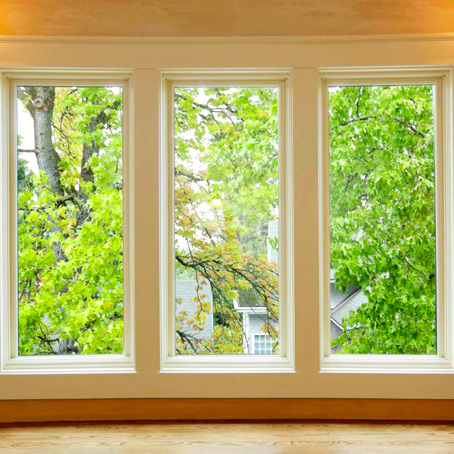Installing Frameless Windows
Taking in / out each panel of the frameless glass windows. Pardon the stupid question, but would it be possible to install raw window glass into a properly-spaced and gasketed channel cut into say, a 2x6 as a 'f.
The idea of frameless glass derives from some of the great Modernist architects, especially Mies van der Rohe and his ideas that a building should be rooted in its landscape. New techniques in the 1920s and 1930s of using glass and steel meant that these uninterrupted visual spaces, as some architects call them, could be created.

Walls of glass like this have been relatively common in high specification houses in California since the 1950s, and in recent years the technique has been creeping into contemporary domestic buildings in the UK. What can you use Frameless Glazing for?
May 10, 2012 taking in / out each panel of the frameless glass windows. Feb 03, 2017 How do I install a large frameless window into a wall. I have a covered patio that I am framing in walls in 2x6. I have several (approx) 3 foot by 6 1/2 windows.
Frameless glazing is most frequently used to offer unobstructed views of the home’s surroundings. As one architect put it, the idea is that the frame does not get in the way of the views so the occupants can live as part of the landscape rather than locked away in a house with small windows and entirely cocooned from the world outside. Therefore this style demands as few glazing bars as possible and fixings are kept to a minimum to preserve the integrity of the view. Today many self builders like to use variants of this technique because it is a good means of allowing optimum light into a house.
Other uses inside the home include frameless glass shower panels, glazed balustrades on and stairwells, and frameless doors. Whatever its application, frameless glass has to be strong enough to hold its own as a wall, door or screen and be safe from fracture. Structural glass from CR Laurence is used for the balustrade on the external terraces of this How Safe is Frameless Glass? Toughened glass and laminated glass are used to produce frameless glazing that is safe for most applications.
Toughened glass Toughened or tempered glass is made by heat-treating float glass in order to change its physical characteristics. This makes it much stronger than normal glass and also means it breaks more safely. Instead of shattering into sharp splinters, toughened glass crumbles into granular chunks, which is why it is used for car windows. The main disadvantage of toughened glass is that it has to be cut to size and drilled before toughening takes place. Laminated glass Laminated glass is made from sheets of glass sandwiched together.
These are separated by a thin film of material such as polyvinyl butyral (PVB) or ethylene-vinyl acetate (EVA). If it cracks, the film holds it together. How Energy Efficient is Frameless Glazing? Demands certain U values for walls, floors, roofs and windows. This is to ensure the overall fabric of the building is efficient, reducing heat loss and thus saving energy. Windows must achieve a U value of 1.4W/m²K or lower (the lower the better). Automatic Email Manager Keygen Torrent. Modern frameless glass tends to be manufactured to these standards, with some surpassing it and offering added thermal efficiency.
It is also worth noting that where glazing is used for a roof or wall, it does not have to meet the U values for these elements as specified in Part L — it is sufficient if it meets the U values for windows, rooflights and doors. Structural Glazing Frameless glazing is not to be confused with structural glazing, in which the glass actually holds up the building. Structural glass works by using toughened glass that has been laminated, or set in layers.